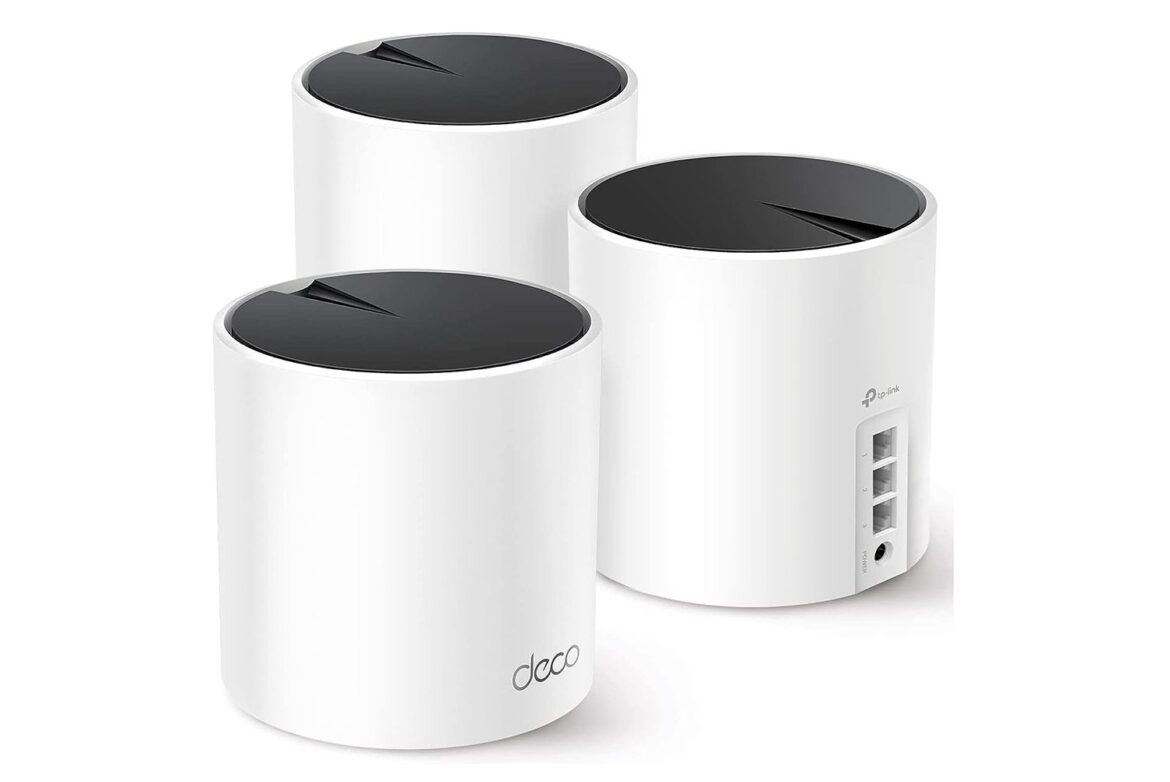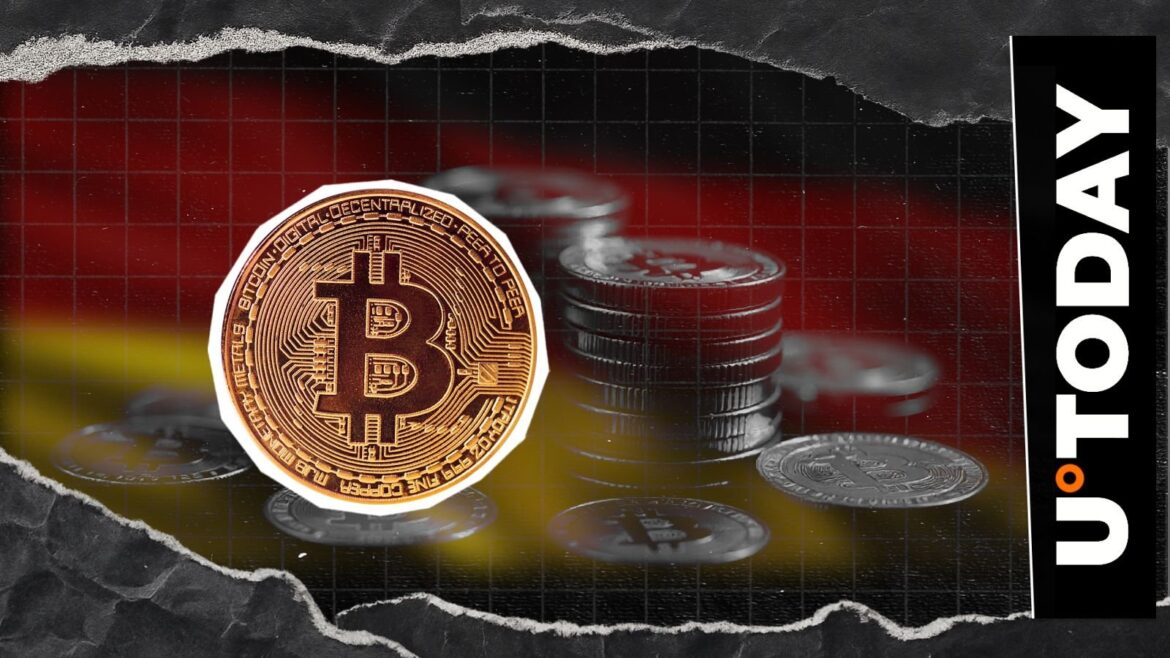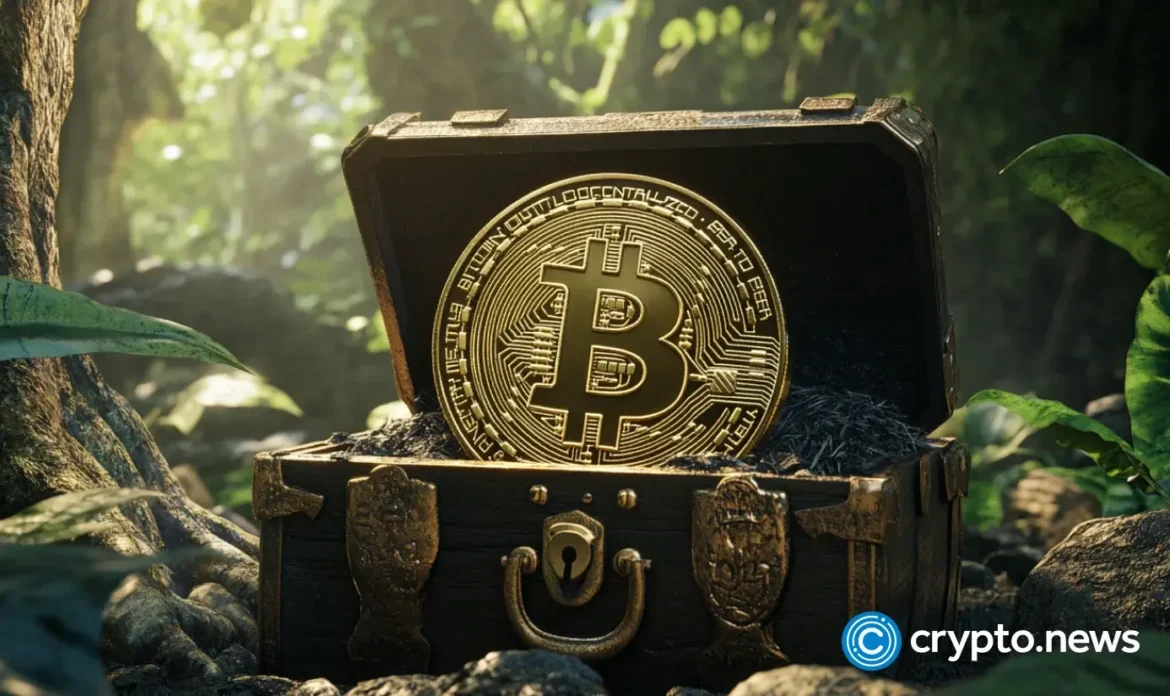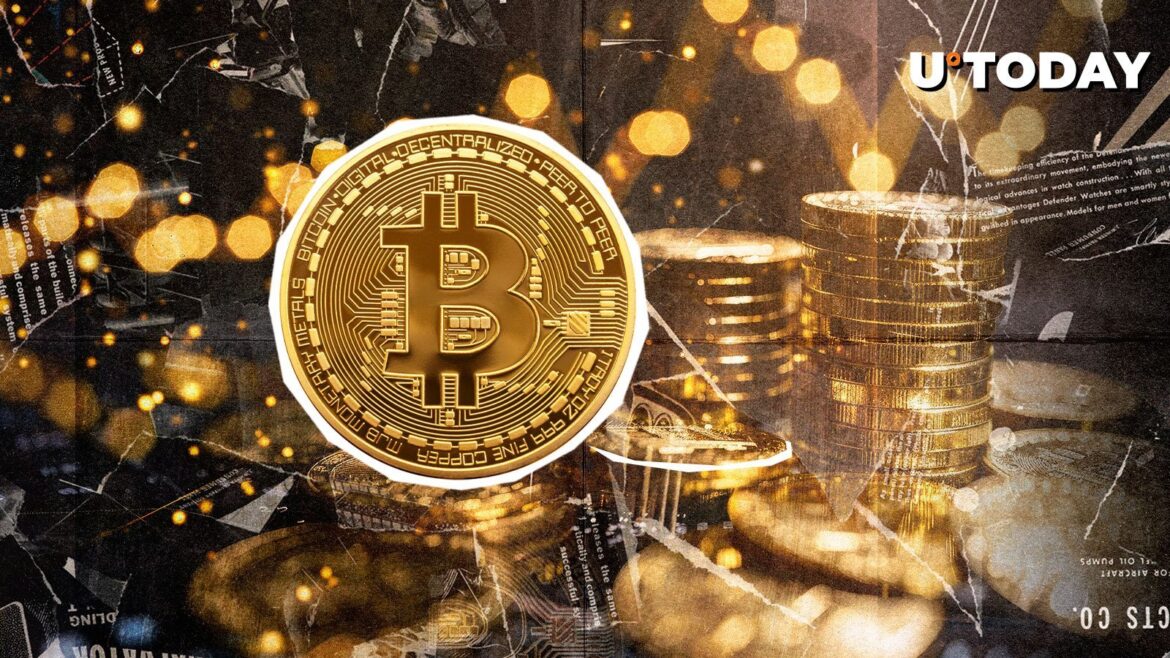In brief
- China-based Mogu said Thursday that its board had approved allocating $20 million in Bitcoin, Ethereum, and Solana.
- The fashion company’s Nasdaq-listed shares were recently up 76%.
- Mogu’s board of directors had approved a plan to spend $20 million on cryptocurrencies and crypto-related securities.
Shares of Nasdaq-listed fashion company Mogu soared on Thursday after the company announced it was buying digital coins Bitcoin, Ethereum, and Solana with its spare cash.
China-based MOGU was recently trading about 76% higher at $4.40 after soaring at one point to over $7 per share. The share price has been largely stuck below $5 since reaching an all-time high above $37 in early 2021.
Mogu, which sells clothes and accessories online, said Thursday that its board of directors had approved a plan to spend $20 million on the cryptocurrencies and crypto-related securities.
“The board believes that by integrating digital assets into its core assets, the company can diversify not only its treasury holdings but also its operational capabilities essential for next-generation AI products and services,” the statement read.
Decrypt reached out to Mogu for comment.
Mogu is the latest publicly traded company to buy crypto as a way to diversify their cash holdings. The firm went public in 2018. Chinese tech conglomerate Tencent Holdings was an investor.
A number of Nasdaq-listed firms are following a model pioneered by Strategy—formerly MicroStrategy—which shifted from software development to buying Bitcoin in 2020.
The company is now the latest corporate holder of the asset with 638,460 BTC worth over $73 billion.
Companies pivoting to a crypto treasury plan—buying digital assets so investors can get exposure to the coins—have achieved at least short-term stock price gains, sometimes with massive spikes.
Despite Strategy’s success as a Bitcoin treasury—its shares are up over 2,000% since 2020—the S&P Dow Jones Indices last week said it would not include the company on its S&P 500 index.
And in a note Wednesday, JP Morgan analysts said that exclusion from the index was negative for other crypto treasuries at a time when such companies’ share prices had already “come under pressure due to overcrowdedness and investor fatigue.”
Bitcoin and Ethereum are the two largest and oldest cryptocurrencies. Solana, the sixth biggest digital coin by market cap, was released to compete with Ethereum. Its crypto network—like Ethereum’s—is used to build applications.
Daily Debrief Newsletter
Start every day with the top news stories right now, plus original features, a podcast, videos and more.










